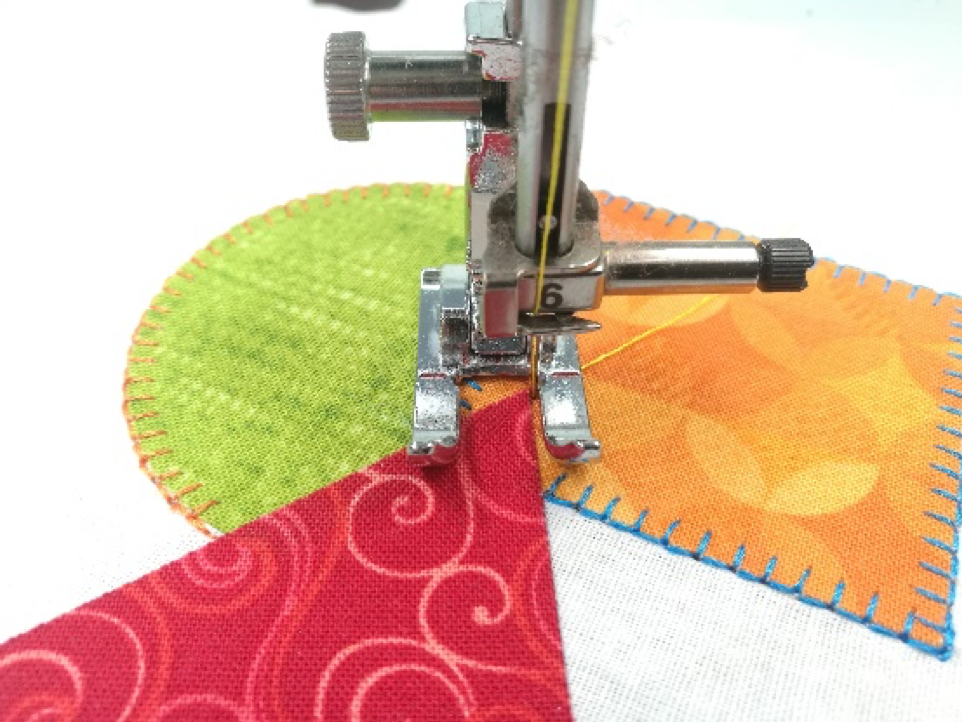Applique (pronounced app-lee-KAY) is a French word that refers to the addition of small pieces of fabric onto a larger one to make a pattern or design by means of sewing or gluing. Quilting does not require applique, but appliqued quilts can be quite beautiful.
Applique and How to Choose the Style for You

Types of Applique
There are three main methods for creating applique and each of these methods have variations within them. The more traditional stitcher would never consider anything other than hand working their design but this slow process is not conducive to those with limited time to work on projects. Folks that wish to either glue (fusible web) or machine stitch their work have the ability to produce beautiful works within a much shorter time frame. The choice is purely personal!
The use of coloured and textured threads (around the edges of the motif fabrics) and/or the addition of embellishments such as beads, sequins and pearls, add yet another dimension to any applique projects. Be it quilts, garments, craft, home furnishings or artworks, the technique of applique has been in use for applying pattern to textiles for time eternal.
There is a huge range of different types of applique; there is no right or wrong way to experiment with this fun technique, but different methods can result in very different looks. Discover different types of applique and choose the best style to enhance your sewing project.
Methods of Application

Hand Applique
Hand sewn applique is essentially just sewing a shape to a piece of fabric using a needle and thread, but there are various ways to do it. One of the more traditional methods of hand-sewn applique is the “needle-turn” method, where the needle tip is used to turn under the seam allowance while sewing the pieces to the fabric background. Hand applique also allows adding embellishments, such as sequins, beads or novelty threads, around the edges of your fabric motifs. An alternate method to “needle-turn” applique is “raw edge” applique where the fabric can be adhered to the base fabric and blanket stitched into position to protect the raw edge from fraying. This latter method is a more modern alternative to the traditional art.
Machine Applique
There are two main methods for completing applique using your sewing machine. The traditional method (often-called track down and trim) which is more advanced, involves stitching a placement line, placing your piece of fabric larger than the line over the stitches and then completing the second row of stitches to attach the fabric to the base material. Once this is completed, the excess fabric is trimmed away to reveal decorative applique shape. This type of applique can be time-consuming but is rewarding. This method is also the fundamental way an embroidery machine completes the appliques task.
A more recent (and increasingly popular) method of machine applique is to use pre-cut shapes adhered to a double-sided fusible web that is laid out in a suggested pattern and heat-set into position. A blanket stitch or an open zigzag is worked around the edge of the design to help create a smooth final edge finish and keep the shape in place. Following this, set your machine for a tight satin stitch and re-trace the edges of the design to cover the previous open zigzag. Ensure the stitch width is wide enough so that one side the needle grazes just outside the raw edge and the opposing stitch is well into the fabric so it is secure to the base fabric.



1 comment
marlene
very nice
Leave a comment
All comments are moderated before being published.
This site is protected by hCaptcha and the hCaptcha Privacy Policy and Terms of Service apply.